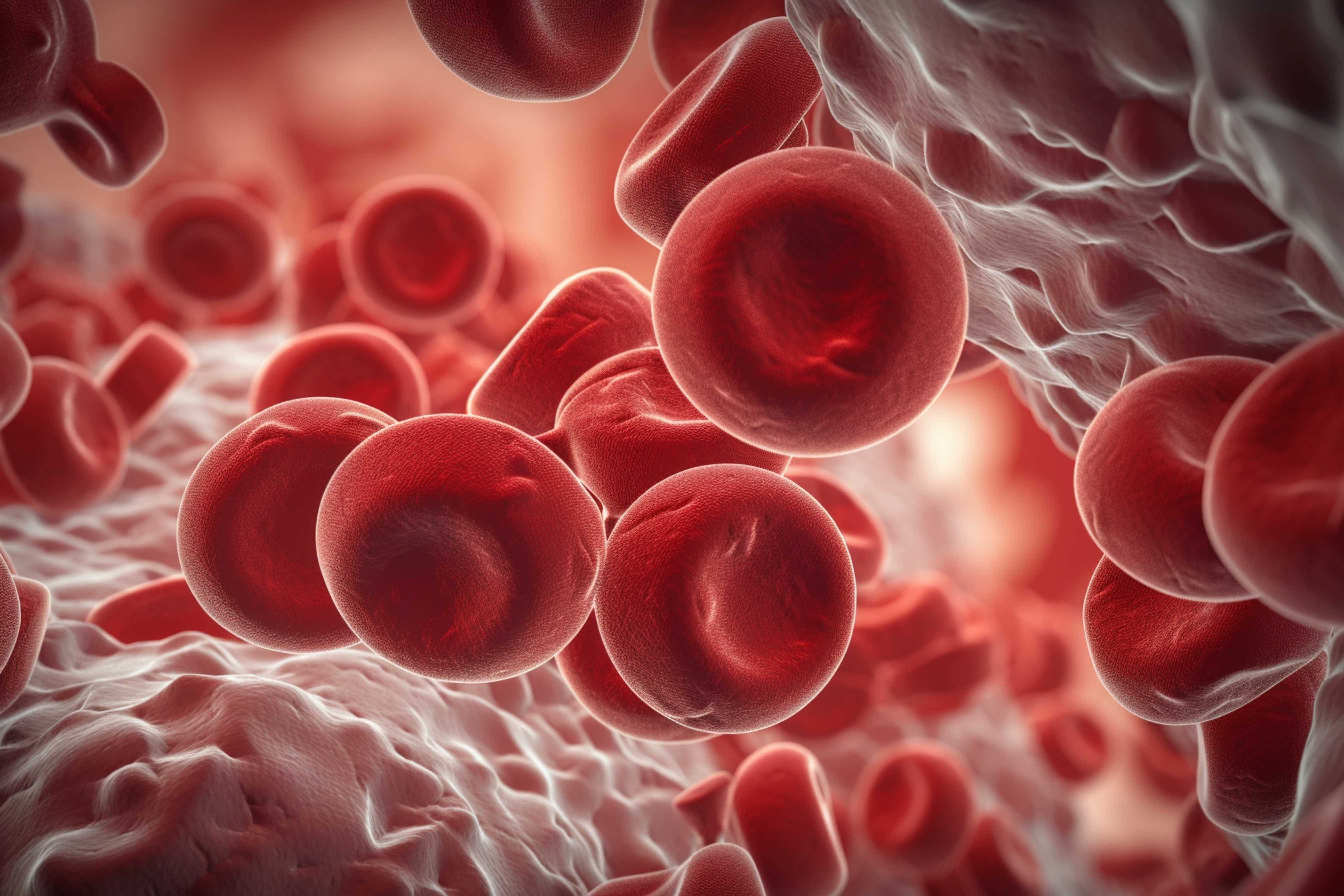News
Article
Study Finds ASCT Similarly Safe, Effective in Older and Younger Patients With Multiple Myeloma
Author(s):
A real-world study suggests high-dose chemotherapy followed by autologous stem cell transplantation (ASCT) is feasible for appropriately selected elderly patients, with similar results seen in older and younger patients.
While autologous stem cell transplantation (ASCT) for multiple myeloma is typically evaluated and utilized in patients younger than 65 years, a real-world study published in Hematology, Transfusion and Cell Therapy suggests high-dose chemotherapy (HDT) followed by ASCT is feasible for select elderly patients, with similar results to younger patients.
“Chronological age alone is not an exclusion criteria for transplantation and it should be evaluated together with comorbidities and the physical condition of the patients,” the study authors wrote. “These parameters are measured objectively, primarily to detect frailty and identify patients who may benefit from the ASCT.”
Blood Cells | Image credit: Катерина Євтехова - stock.adobe.com

The retrospective study aimed to evaluate the safety and efficacy of ASCT for multiple myeloma in patients older than 65 vs those younger than 65. The authors noted that with the world population aging and multiple myeloma diagnoses increasing over time, the question of ASCT feasibility in this population is growing more important, even as treatments such as monoclonal antibodies have emerged as attractive options for elderly patients with newly diagnosed multiple myeloma.
Data from patients with multiple myeloma who received ASCT at Hospital Italiano de Buenos Aires in Argentina from January 2008 to December 2018 were used to assess outcomes in older vs younger populations. A total of 221 individuals were included in the study, and those patients were stratified into groups based on age. Patients in group 1 were at least 65 years of age (n = 50), and group 2 included patients younger than 65 (n = 171). Advanced disease, defined as International Staging System (ISS) group 3 was more common in group 1 (50%) vs group 2 (29%). Severe comorbidities were also more common in group 1 (28% vs 13%; P = .023). Overall, most patients (90%) received proteasome inhibitors prior to ASCT.
The 2 groups showed similar median days of hospitalization, days until neutrophil and platelet engraftment, and need for life support during the hospitalization period of ASCT. A total of 64 patients died after ASCT, with 73% of deaths due to disease progression, and rates of death after ASCT were similar between group 1 and group 2 (30% and 29%, respectively). Rates of death within 100 days of ASCT due to complications were also similar (4% and 3%, respectively).
In group 1 and group 2, treatment-related mortality incidences within the first 100 days were 2% (95% CI, 0.2%-9.3%) and 2.9% (95% CI, 1.1%-6.3%), respectively (P = .32). No events occurred beyond 100 days, and no deaths occurred in patients who were older than 70 years.
Overall response rates were 100% in both group 1 and group 2 at 100 days post ASCT, and transplantation improved complete response rates in both groups (44% in Group 1 and 37% in Group 2; P < .001). Response to treatment at ASCT and in prior treatments was associated with better overall survival (OS), but age at transplant was not found to be associated with OS. Maintenance therapy was associated with better progression-free survival and OS.
“Elderly patients are more likely to have treatment-related toxicity,” the authors wrote. “Our analysis found no significant difference between the two groups in transplant-related safety. Although we have not performed a specific toxicity analysis in both groups, proper selection of older patients is effective in reducing toxicity without compromising treatment outcomes.”
Utilizing validated, objective assessments of patient fitness ahead of ASCT is key to optimizing the treatment’s efficacy and ensuring safety, the authors noted. These include the International Myeloma Working Group frailty score, Revised Myeloma Comorbidity Index, and Mayo Frailty Index. For ASCT specifically, the Revised Myeloma Comorbidity Index and Hematopoietic Cell Transplantation-specific Comorbidity Index are most appropriate.
“We conclude, based on the reported data, that the HDT-ASCT is a safe and effective procedure in fit patients, regardless of the age presented at the time of the ASCT, achieving results and benefits in the elderly population similar to those in young patients,” the authors wrote. “Future prospective randomized trials with elderly patients are required to determine the real impact of this treatment, compared to the results presented with the new treatment regimens.”
Reference
Seehaus CM, Schutz N, Brulc E, et al. Autologous stem cell transplantation in patients older than 65 years with multiple myeloma: a real-world study. Hematol Transfus Cell Ther. Published online September 5, 2023. doi:10.1016/j.htct.2023.07.012





